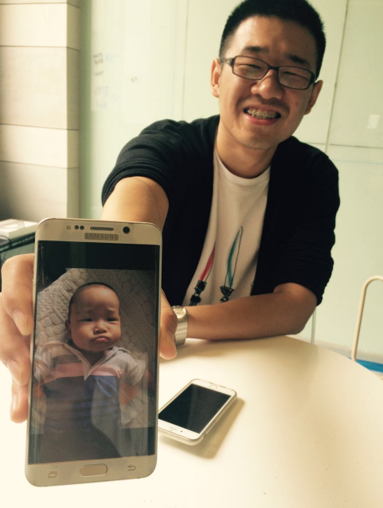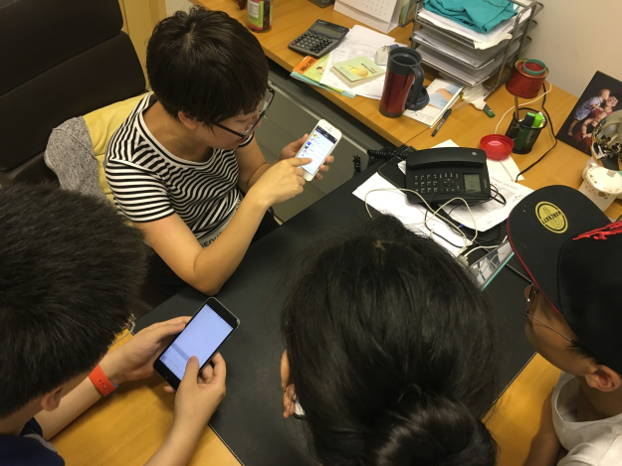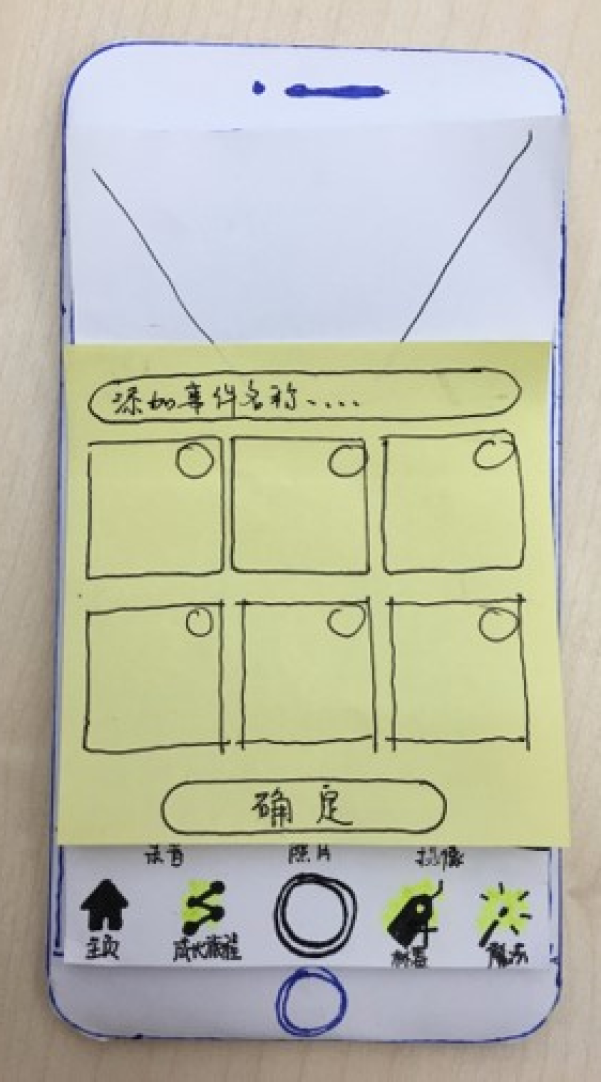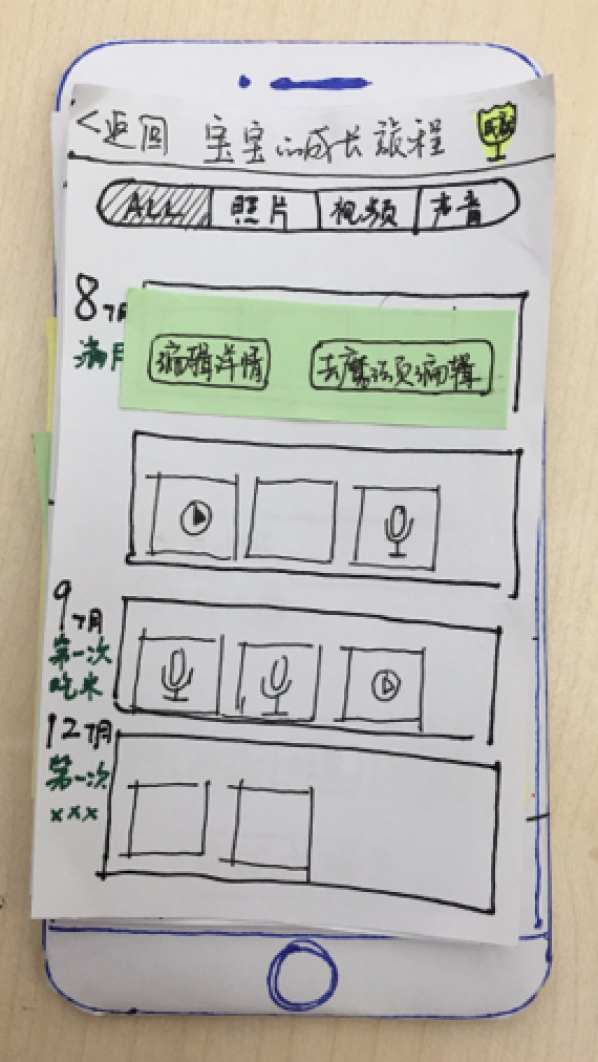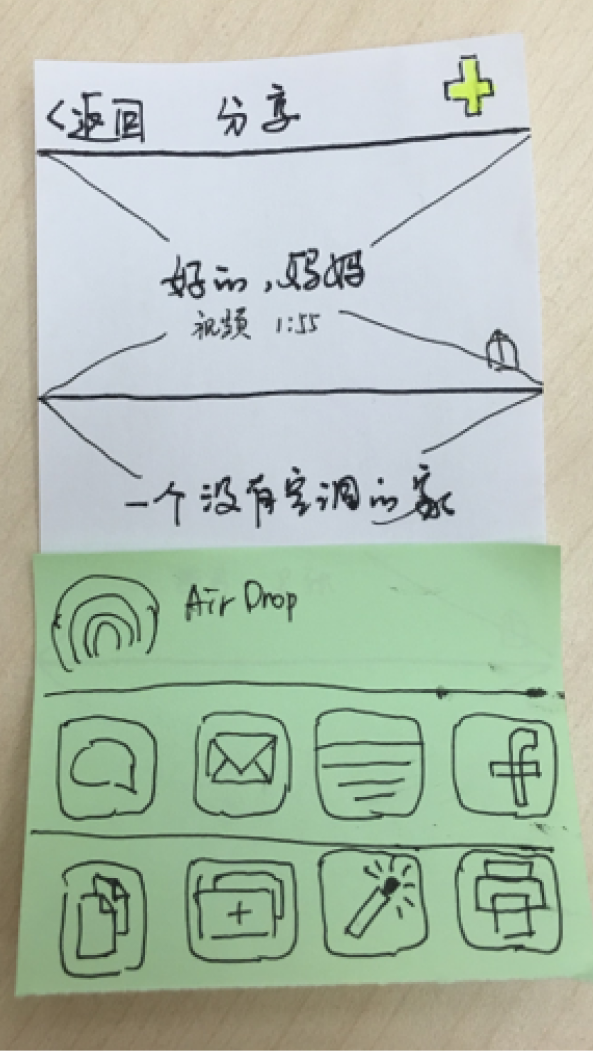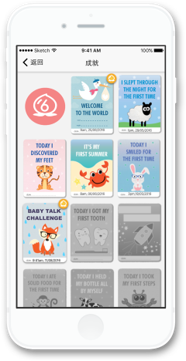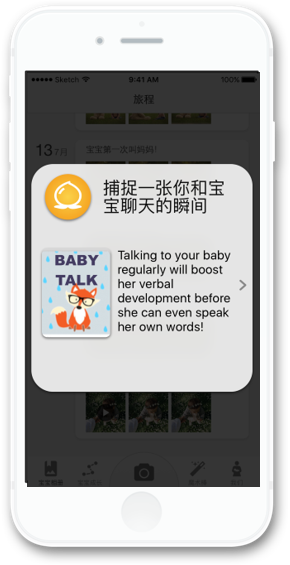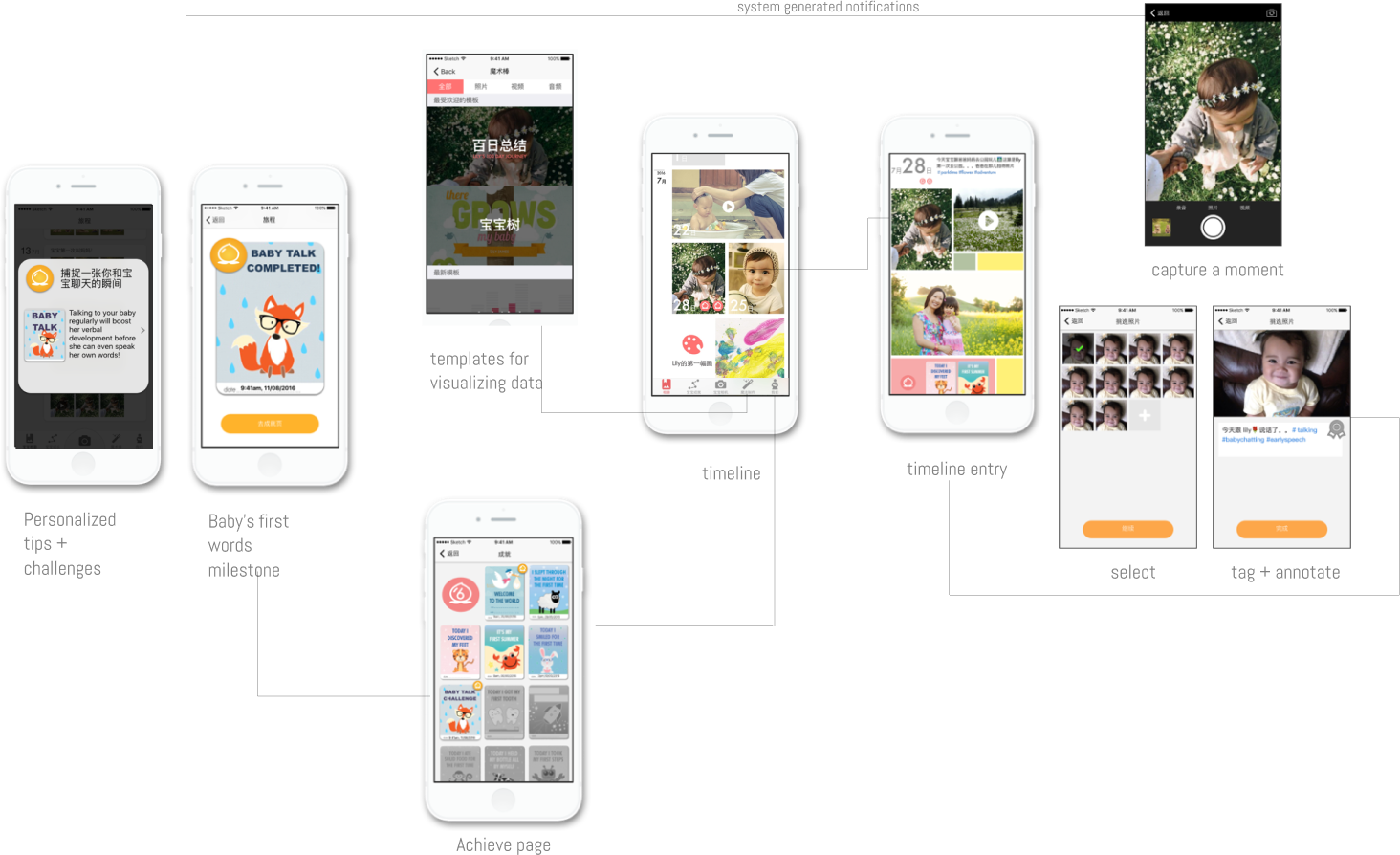Peaches
Peaches is a mobile app concept that pairs a visual delightful personal journal with health and development milestone-tracking, and actionable scientific insights on how to encourage your child’s development.
Features
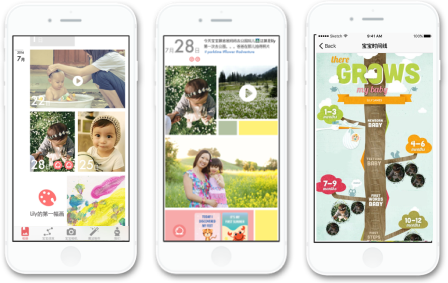
Capture, Create, Share
Capture moments (photo, video or audio) and tag. Add to baby's journey map. Use library of content enrichment tools, from photo enhancements to challenges etc to visualize the journey. Share out to selected friends and family via WeChat.
Achieve
Track developmental and personal milestones and receive pediatric guidance on best practices for encouraging your child’s development.Video
Problem
First-time parenting experiences are fraught with uncertainty and stress. In China, where there's a lack of established trusted parenting practices, and a generational rejection of traditional ways, new parents go elsewhere to find the answers, guidance and support they need.
Our team of designers and engineers from Stanford U, Peking U. and Tsinghua U. wanted to know if there was a way to leverage technology to improve the first-time parenting experience and assist parents in improving early developmental outcomes for their children.

